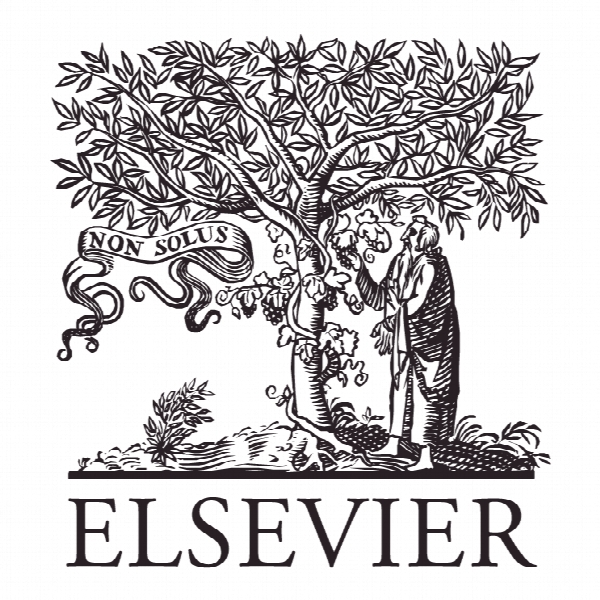کدام منابع و قابلیت ها مدیریت کلیدی استراتژیک را تقویت می کنند؟ Which resources and capabilities underpin strategic key account management?
- نوع فایل : کتاب
- زبان : انگلیسی
- ناشر : Elsevier
- چاپ و سال / کشور: 2018
توضیحات
رشته های مرتبط مدیریت
گرایش های مرتبط مدیریت استراتژیک
مجله مدیریت بازاریابی صنعتی – Industrial Marketing Management
دانشگاه University of Eastern Finland – Yliopistonranta – Kuopio – Finland
منتشر شده در نشریه الزویر
کلمات کلیدی انگلیسی Key account management, Strategic account management, Resource-based theory
گرایش های مرتبط مدیریت استراتژیک
مجله مدیریت بازاریابی صنعتی – Industrial Marketing Management
دانشگاه University of Eastern Finland – Yliopistonranta – Kuopio – Finland
منتشر شده در نشریه الزویر
کلمات کلیدی انگلیسی Key account management, Strategic account management, Resource-based theory
Description
1. Introduction Difficult market conditions, changes in customer needs, and the reshaping of business practices through new technologies are making business-to-business (B2B) marketing and sales complex; in response, suppliers are embracing transformational changes to remain competitive (Wiersema, 2013). Key account management (KAM) can build and sustain competitive advantage through the establishment of valuable long-term relationships with B2B customers (Dyer & Singh, 1998; Tzempelikos & Gounaris, 2015). In 2014, Barney noted that resourcebased theory and marketing have enjoyed a “rich conversation”; in this study, we extend that conversation to apply a resource-based perspective for the first time to a systematic review of the literature on key account management. Research related to KAM exposes a substantial shift in practice toward longer-term relationships (Gounaris & Tzempelikos, 2014) that demand stronger organizational commitment of people and resources than are necessary in more transactional relationships (Geiger & Turley, 2006). Customer management relies increasingly on systems and material objects, such as information technology and hardware (cf. Reckwitz, 2002), rather than the relationship-building capabilities of individual actors. Accordingly, the KAM approach is organization-toorganization and team-based (Homburg, Workman Jr., & Jensen, 2002), in that it requires integrated processes and cross-functional teams (McDonald, Millman, & Rogers, 1997) configured at the organizational level. Since scholars first made the distinction between account management and sales, research has stressed the roles of complexity and organizational coordination (Ford, 1980). This organizational perspective includes research on relationship effectiveness (Richards & Jones, 2009) recognizing that, to realize benefits, organizational commitment and change must occur on both sides of the dyad (Frankwick, Porter, & Crosby, 2001). Research examining the retention of key customers (Sluyts, Matthyssens, Martens, & Streukens, 2011; Wilson & Weilbaker, 2004) conceptualizes KAM as a process (Ryals & McDonald, 2007) evolving dynamically over time and featuring distinct transition stages for roles, skills, processes, and resources (Capon & Senn, 2010; Davies & Ryals, 2009). Recently, this research has stressed the importance of the strategic aspects of KAM, involving “the selection, establishment, and maintenance of close institutional relationships with a firm’s most important customers” (Bradford, Challagalla, Hunter, & Moncrief, 2012, p. 42). Much of that recent research focuses on how suppliers can transform these relationships into sources of sustained competitive advantage; as an overall term, strategic KAM draws attention to the “management practices that aim at inter- and intra-organizational alignment, in order to improve account performance (and ultimately shareholder value creation)” (Storbacka, 2012, p. 259). Although such research has been highly informative, it lacks a theoretical basis to support the development of systematic research. Some early studies (Homburg et al., 2002; Shi & Wu, 2011) have suggested that resource-based theory has the potential to bridge this gap; a suggestion based on the view of firms as a bundle of resources and capabilities embedded within the KAM processes. In response, we seek to analyze KAM literature from the perspective of resource-based theory (Barney, 1991; Wernerfelt, 1984) and identify which resources and capabilities underpin strategic KAM. The notion of strategic in this research is based on how the identification and adequate use of critical resources and capabilities can make the practice of key account management more strategic. Hence, we use the term strategic to study how a resource-based theory of KAM can help supplier companies identify, build, and sustain resources and capabilities that are sources of sustained competitive advantage.


